This article is created by The Better India and sponsored by Wingify Earth.
Our motor vehicles emit a range of toxins – Carbon monoxide, Nitrogen dioxide, Benzene, Sulfur dioxide, and much more, which contribute to Delhi’s ‘non-breathable’ air. Converting old vehicles rather than buying new electric vehicles (EVs) can be a unique solution to tackling the Capital’s pollution crisis.
India is heading into the age of the electric car, and Delhi is all set to become the hub for EVs. Rising pollution levels and cheaper lithium-ion batteries have led to more EVs traversing the Capital’s roads. Delhi residents are witnessing more green cars on roads than ever before, especially due to enhanced infrastructure for alternate mobility options.
However, EVs still continue to be the domain of the rich. Most electric cars being sold in India’s automobile market are priced on the higher end of the spectrum.
Moreover, from contributing to 40% of Delhi’s pollution in 2018, motor vehicles climbed to 50% in 2021, as per studies by The Energy and Resources Institute (TERI) and Center for Science and Environment (CSE). The 13.2 million cars driving on Delhi’s roads are the biggest reasons behind its inferior air quality.
Introducing ‘retrofitting’ – a unique, and perhaps the newest way to go green, which may become the lifeline for a city choked with cars.
What is retrofitting?
A distinctive technique to increase the age of old petrol and diesel vehicles, retrofitting involves changing the original Internal Combustion Engine (ICE) and replacing it with a cleaner energy source. It replaces the combustion powertrain with an electric driveline and makes a car a zero-emission vehicle.
Additionally, retrofitting an old car allows one to continue with costly, and at times beloved, vehicles rather than scrapping them. As per a National Green Tribunal (NGT) order, all diesel and petrol vehicles are unusable in the national capital after 10 and 15 years, respectively.
‘The future is electric.’; Representational image
Retrofitting, popularly used in Europe to convert diesel buses and trucks into EVs, can help reduce carbon emissions. Our motor vehicles emit a range of toxins – Carbon monoxide, Nitrogen dioxide, Benzene, Sulfur dioxide, and much more, which contribute to the city’s ‘non-breathable’ air. Converting old vehicles rather than buying new EVs also reduces congestion and does not add more cars to the mountain of automobiles in Delhi.
How can cars be converted?
According to the Observer Research Foundation (ORF), Delhi has about 1.5 lakh EVs that make up a little more than 1% of its vehicles. The Delhi government has launched a ‘Delhi Switch’ policy which hopes to have at least 25% of all vehicles be EVs by 2024.
Under the programme, the government has permitted the conversion of diesel cars older than 10 years (but lower than 15 years), and petrol cars over 15 years of age. Multiple companies offer retrofitting facilities – including Tadpole Projects, ETrio, Folks Motor, and GoGoA1. However, the government will soon be listing 11 empanelled companies who will be allowed to convert old cars to EVs.
The conversion usually takes four hours to two days and the new vehicle can offer a speed of upto 130 kmph. As per Organisation for Economic Co-operation and Development (OECD), retrofitting can reduce greenhouse gas emissions by 40 to 60% and ensures that old vehicles don’t become premature waste. Additionally, retrofitted cars require fewer funds for maintenance, are cost-effective, do not generate heat and vibrations, and reduce noise pollution.
“If we need to really change things, retrofit is an important step. Once fuel-based systems are removed, they are replaced with systems that are compatible with electric drivetrains…The converted vehicle then goes for an inspection and an endorsement by RTO as an electric vehicle,” Dr Amitabh Sara, Founder and CEO of Altigreen, says.
Representational image
Where can I get my car retrofitted?
To reach India’s net-zero carbon emission goal by 2050, simply buying EVs will not be enough. Retrofitting can be the answer to global climate emergency needs.
Retrofitting a car could cost anywhere between Rs 2 to 4 lakh, but the price often depends on the model of the car. However, scientists at the University of Berkley say that retrofitting old cars may be cheaper than buying ICEs in no more than five years.
Tadpole Project is one of the first retrofitting companies in Delhi. “We hope to create more EVs in Delhi by not adding more cars to its roads,” their website reads. Incubated under IIT Delhi, the company has managed to convert vintage and modern cars into EVs.
According to their official website, the company has converted a Mercedes Benz C Class, a Volkswagen Beetle, and even a Hyundai Santro into an EV. “Our converted cars offer a range of 120-200 kms and a speed of 70-100 kmph,” the company says. They also offer an EV kit with a 250km range, and those with two-year warranty.
Originally based in Hyderabad, E-trio, also a popular company in the sector, offers to convert old cars and fulfill the vision of affordable electric mobility. After removing the engine, engine suspensions, tailpipe, rear axle, and brakes, the company retrofits the car by assembling the gearbox, installing the electrical connection, assembling the battery pack, and testing the EV on rugged terrains.
As Delhi increasingly moves towards making the e-switch, Wingify Earth encourages residents to consider such unique solutions to tackling the city’s climate emergency.
Edited by Yoshita Rao
Sources:
Switch Delhi – Retrofitment -courtesy Government of NCT Delhi
Delhi: Should you convert your old diesel car to electric? -published on December 9, 2021 courtesy Times of India
Retrofitting: A Frugal, Circular and Inclusive Solution -published on Februrary 28, 2022 courtesy OECD
Delhi pollution: Vehicles, not stubble burning, main cause -published on November 1, 2018 courtesy India Today
Vehicles biggest contributor to poor air quality -published on November 12, 2022 courtesy LiveMint.

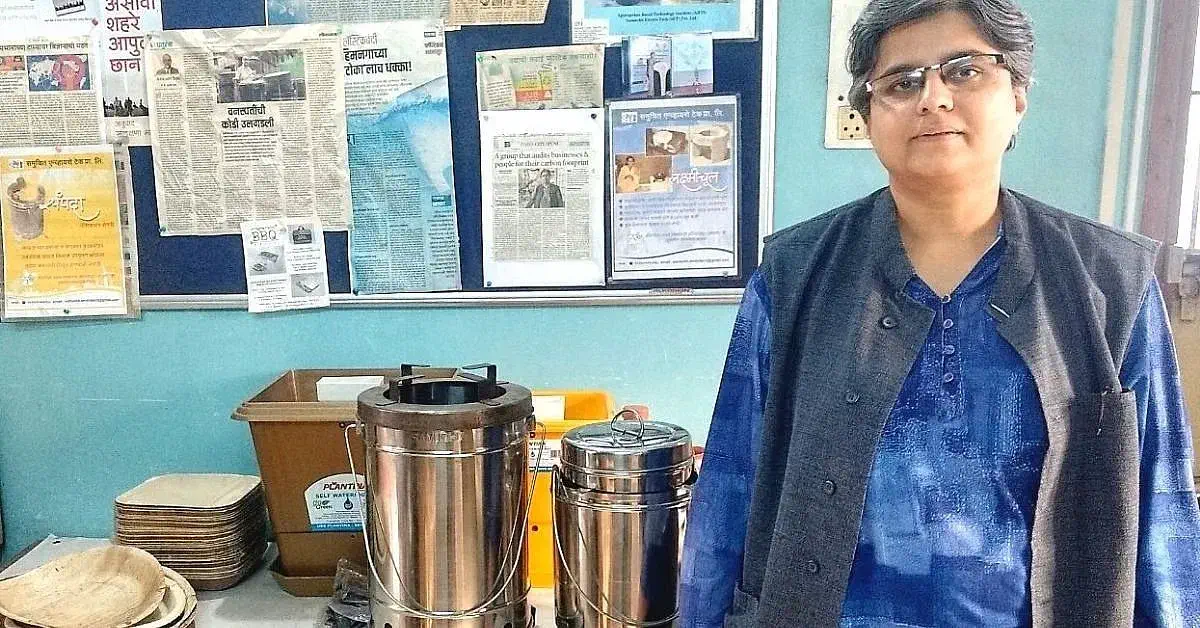
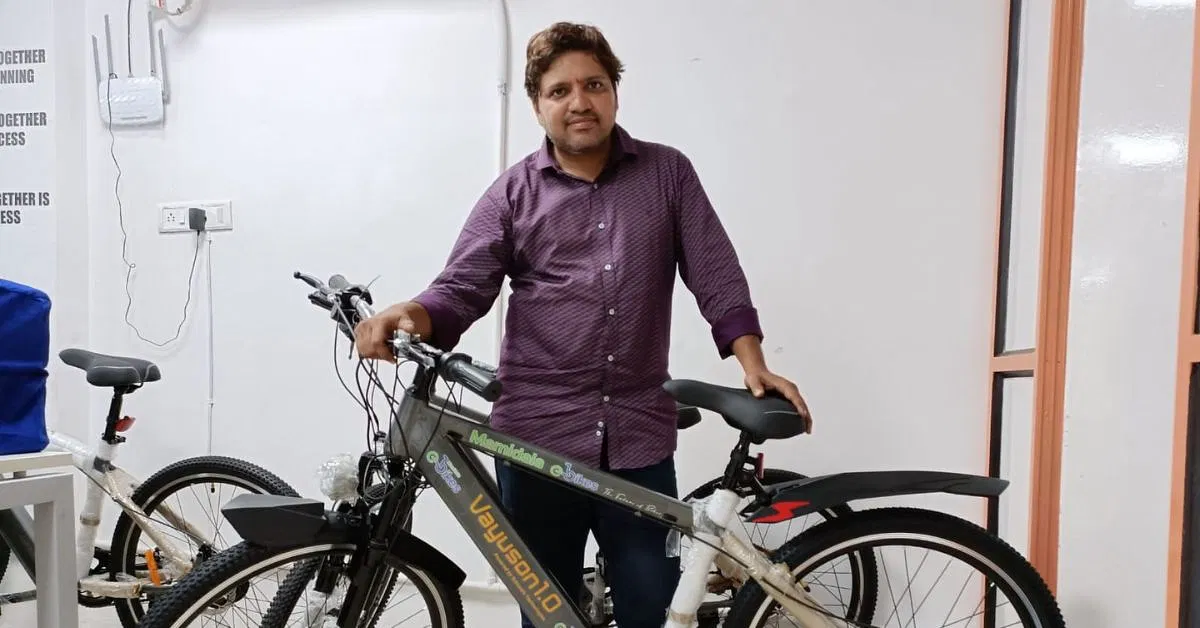
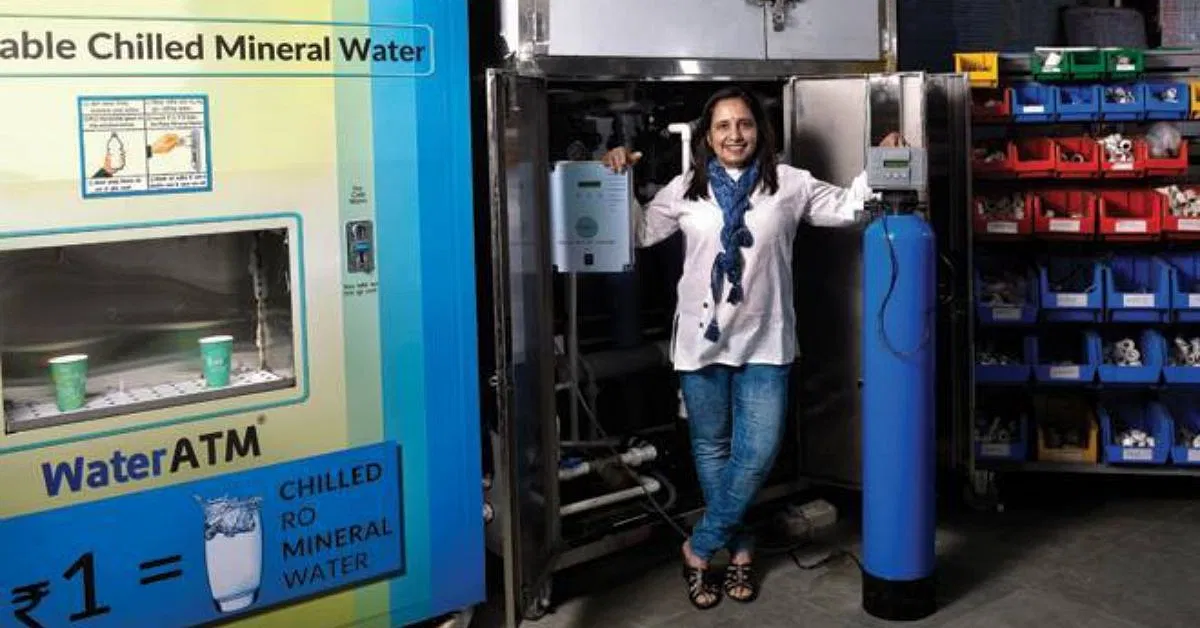
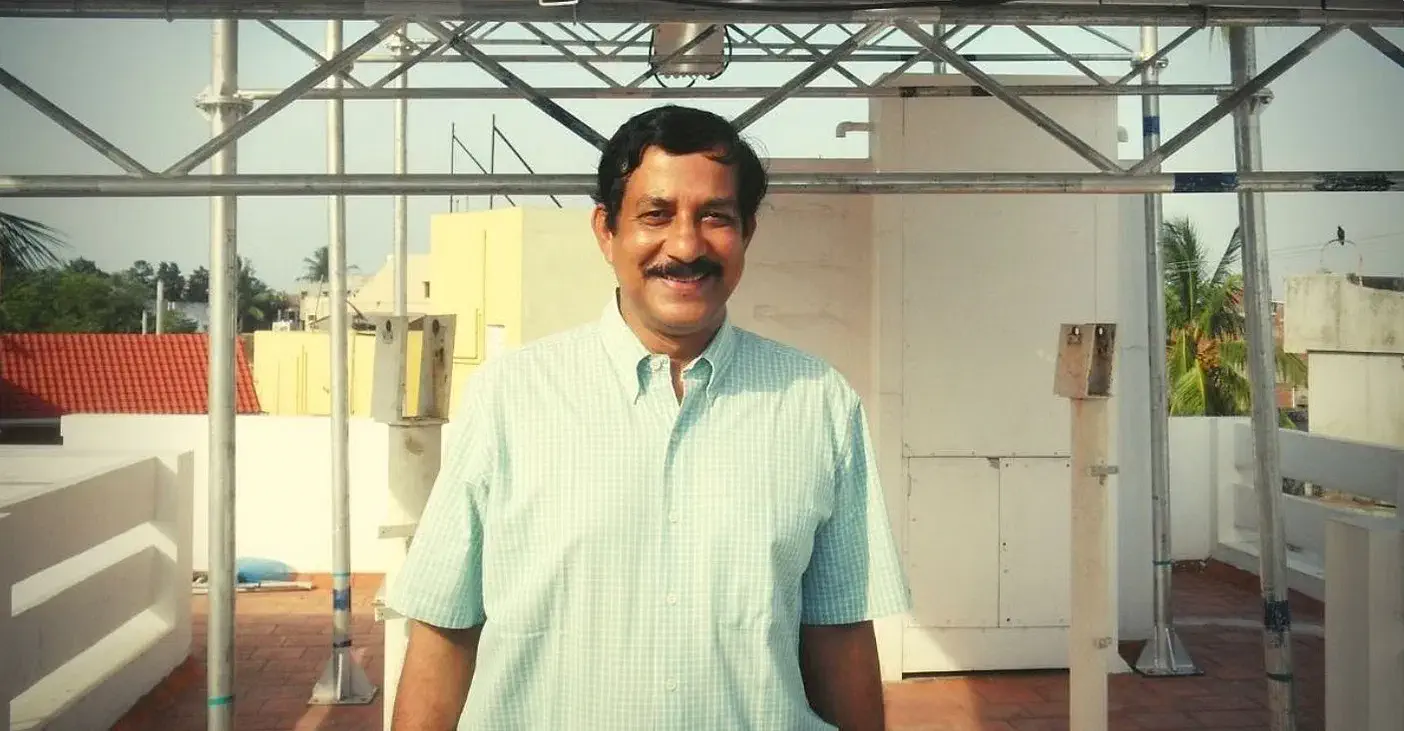
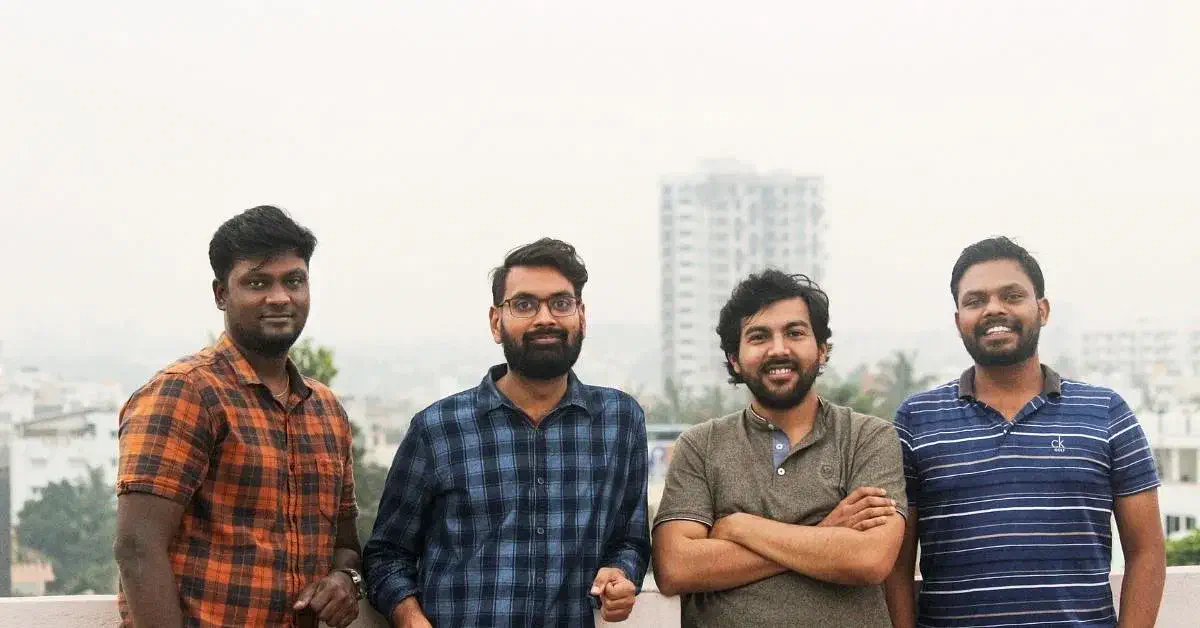
1 Comment